Tag: 2024 elections
-
303 state legislative incumbents lost re-election campaigns in 2024
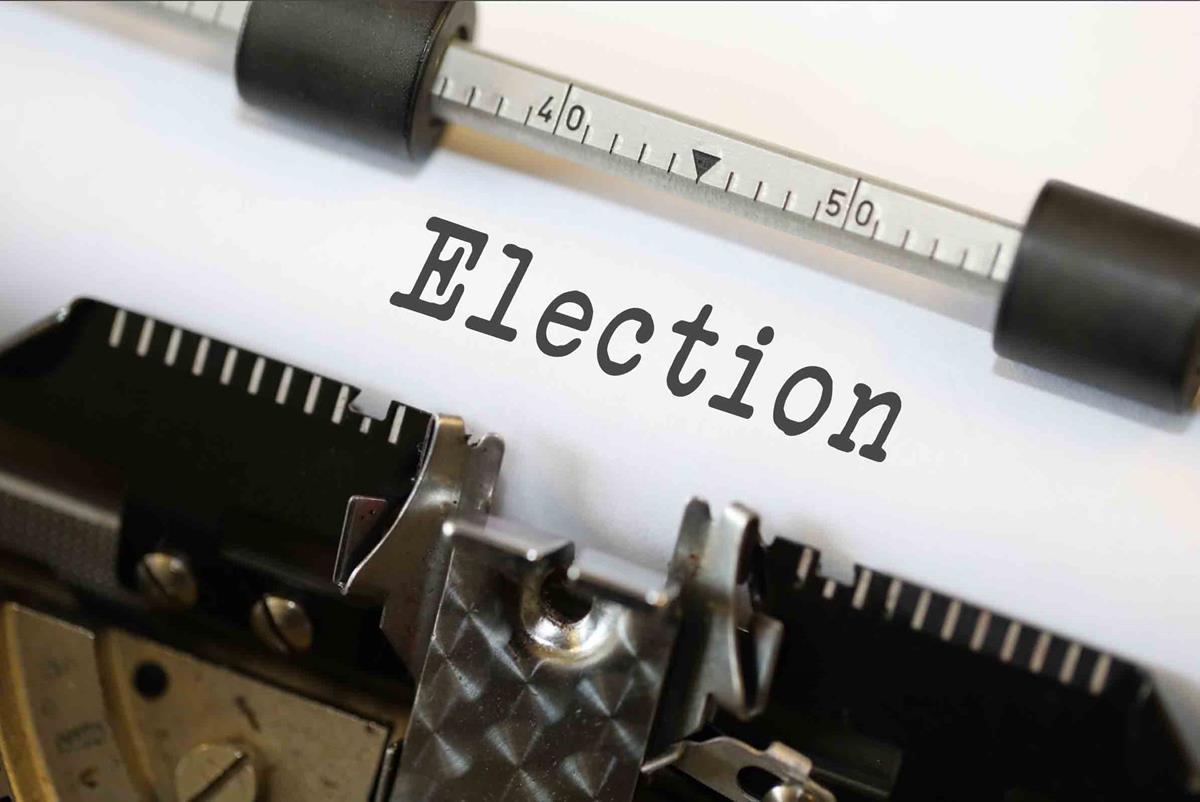
There were 5,807 state legislative seats up for election on November 5, 2024, in 44 states. Across those elections, 303 incumbents lost their re-election bids: 134 in general elections and 169 in primaries. This was the second even-year election in a row that primary defeats outnumbered those in general elections. Across primary elections in 2024,…
-
6,541 candidates responded to Ballotpedia’s Candidate Connection survey in 2024

Since 2018, Ballotpedia has invited candidates to take part in our Candidate Connection initiative. We survey candidates at the federal, state, and local levels to help voters better understand how their candidates think about the world and how they intend to govern. A total of 6,541 candidates from all 50 states, four territories, and the…
-
44% of December’s elections were uncontested

Throughout December, Ballotpedia covered 123 elections in 13 states, 44% of which were uncontested. That’s down from November, when 65% of the 40,710 covered were uncontested. Ballotpedia defines an uncontested election as one where the number of candidates running is less than or equal to the number of seats up for election. This analysis does…
-
63% of elections in Wyoming are uncontested
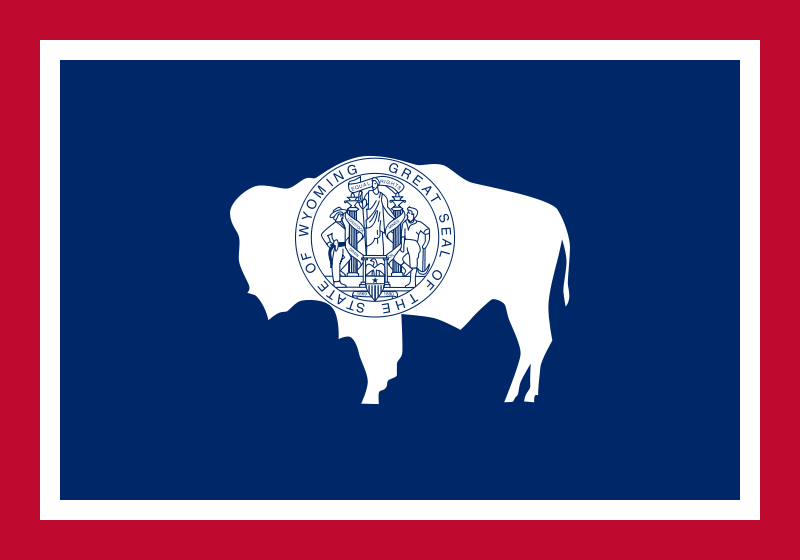
Of 505 regular elections in Wyoming—320 (63%) are uncontested. An uncontested election is one where the number of candidates on the ballot is less than or equal to the number of seats up for election. Of the 26 states where Ballotpedia is covering every election on Nov. 5, Wyoming has the 13th highest rate of…
-
73% of elections in Wisconsin are uncontested
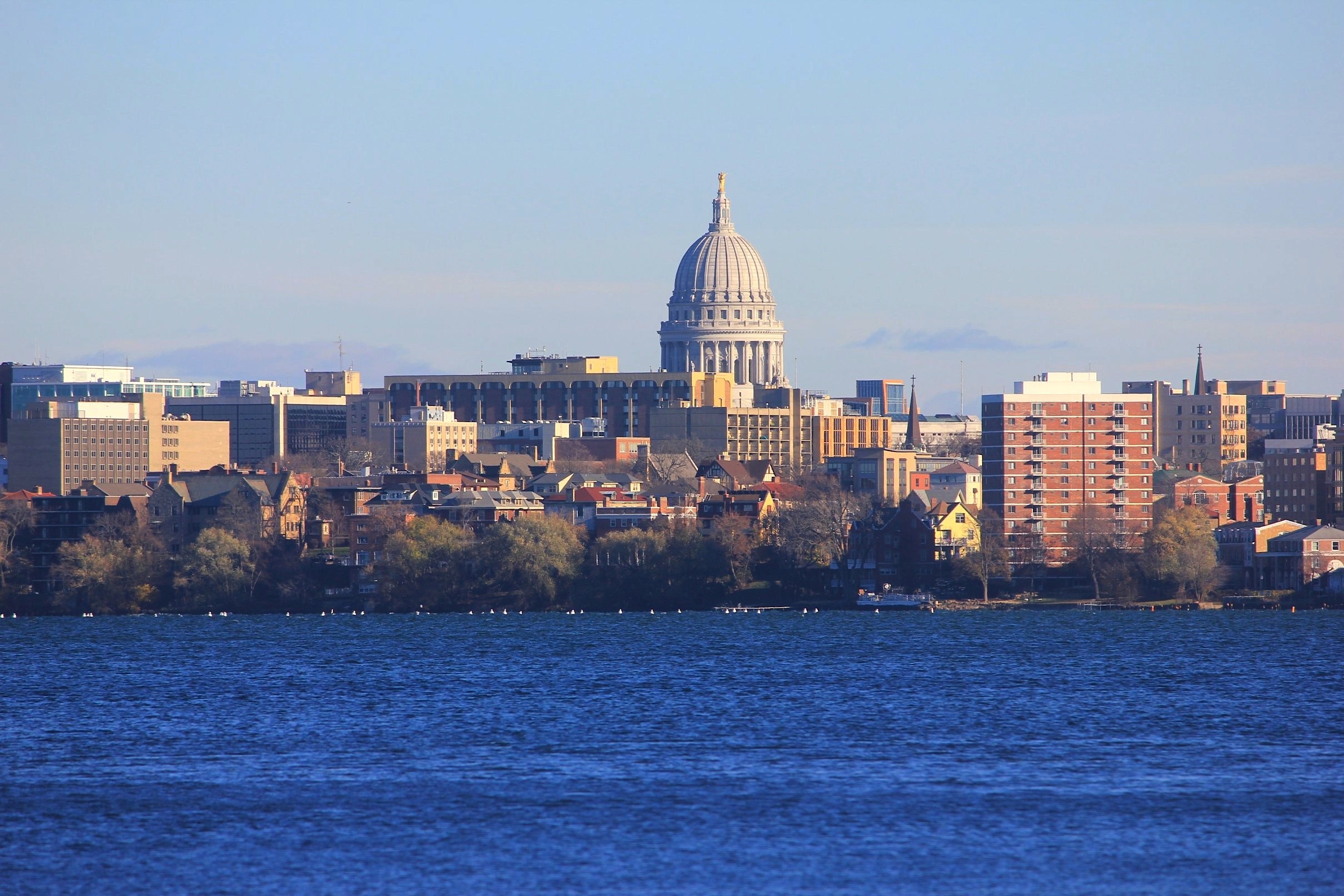
Of 410 regular elections in Wisconsin—299 (73%) are uncontested. An uncontested election is one where the number of candidates on the ballot is less than or equal to the number of seats up for election. Of the 26 states where Ballotpedia is covering every election on Nov. 5, Wisconsin has the fifth highest rate of…
-
43% of elections in Washington are uncontested
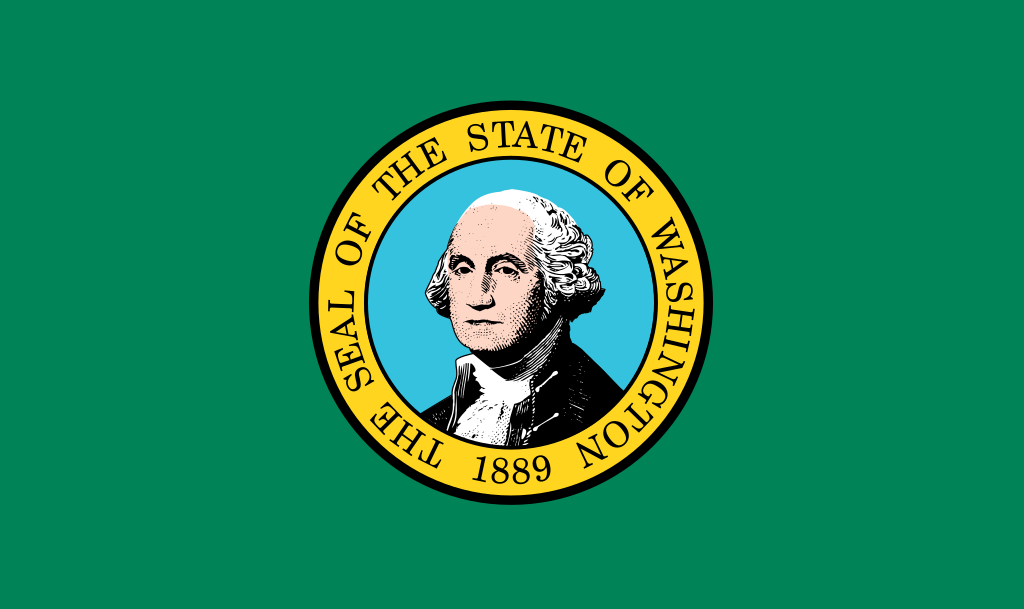
Of 384 regular elections in Washington—165 (43%) are uncontested. An uncontested election is one where the number of candidates on the ballot is less than or equal to the number of seats up for election. Of the 26 states where Ballotpedia is covering every election on Nov. 5, Washington has the 21st highest rate of…
-
71% of elections in Texas are uncontested
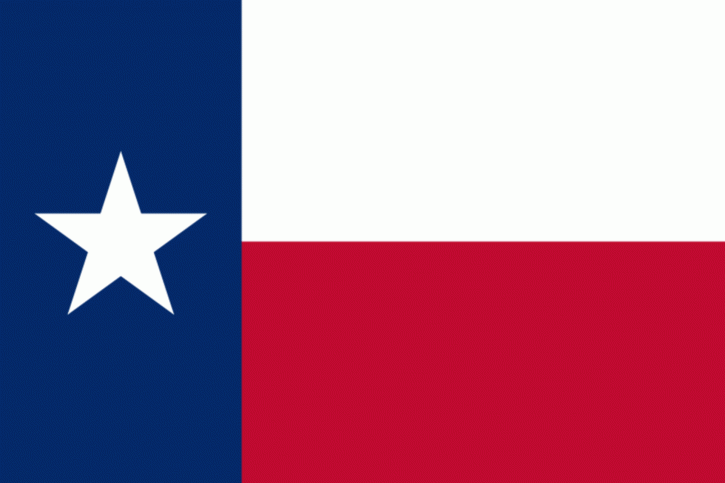
Of 3,285 regular elections in Texas—2,345 (71%) are uncontested. An uncontested election is one where the number of candidates on the ballot is less than or equal to the number of seats up for election. Of the 26 states where Ballotpedia is covering every election on Nov. 5, Texas has the eighth highest rate of…
-
61% of elections in South Carolina are uncontested
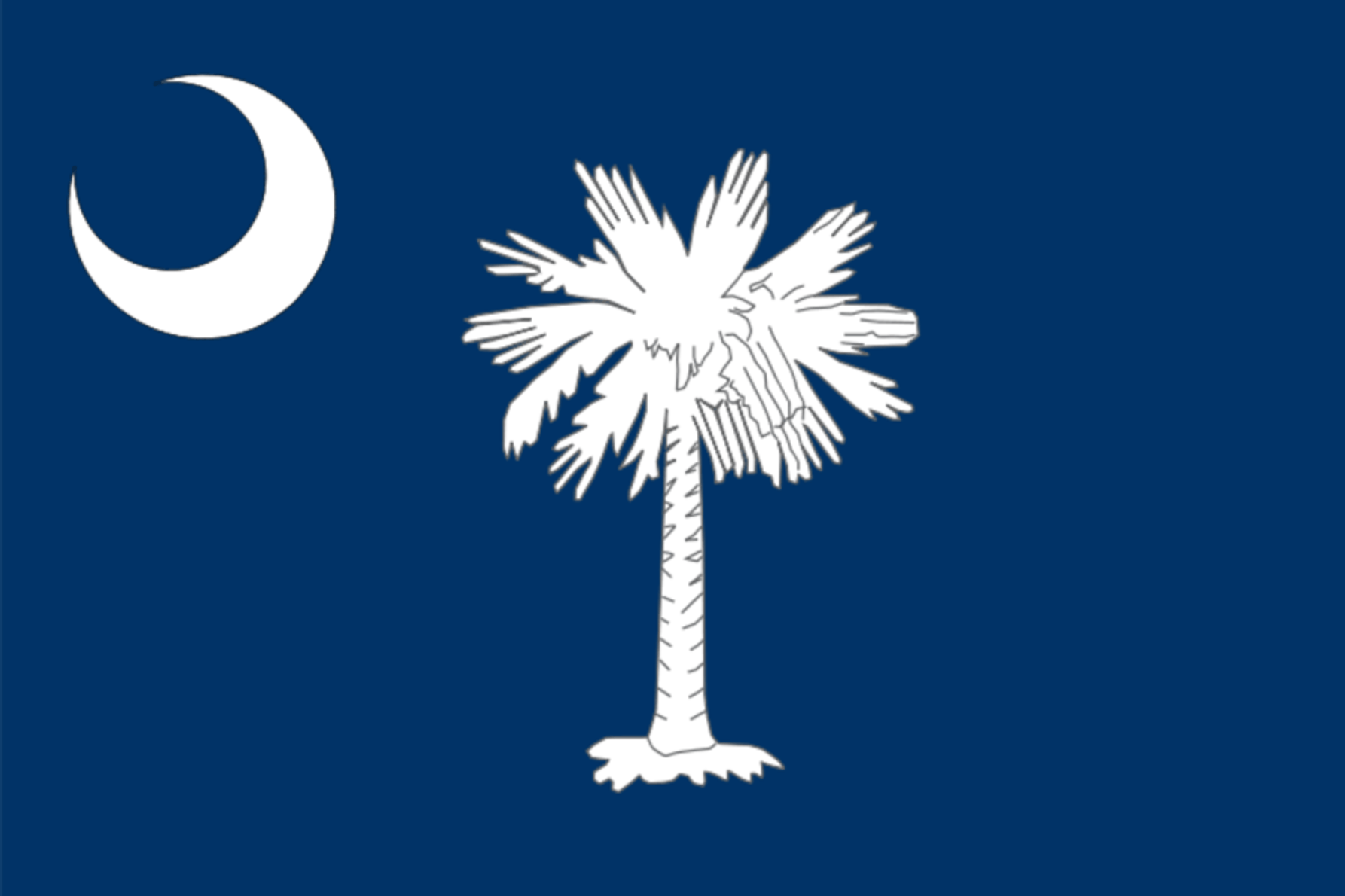
Of 904 regular elections in South Carolina—553 (61%) are uncontested. An uncontested election is one where the number of candidates on the ballot is less than or equal to the number of seats up for election. Of the 26 states where Ballotpedia is covering every election on Nov. 5, South Carolina has the 14th highest…
-
49% of elections in Rhode Island are uncontested
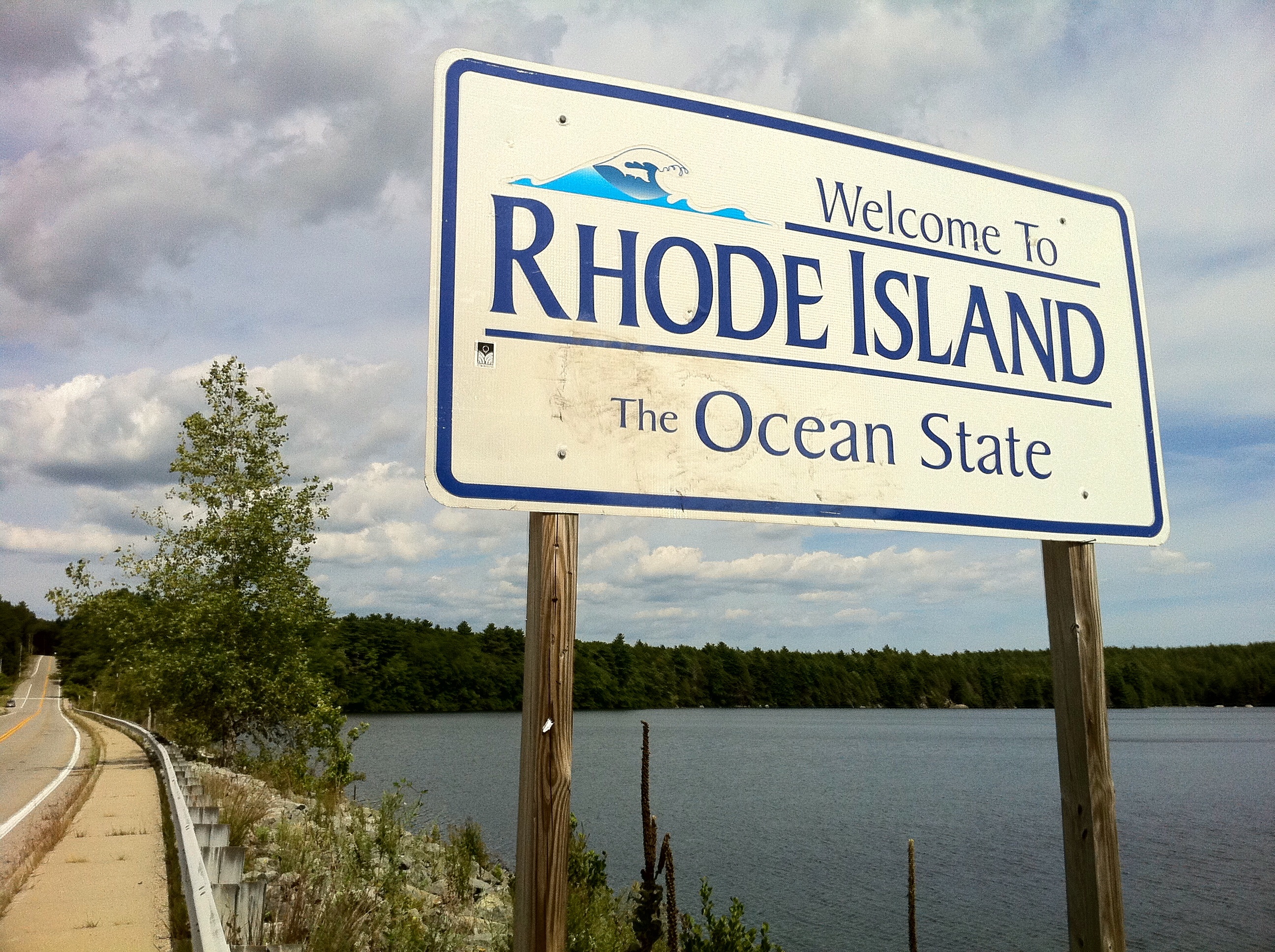
Of 322 regular elections in Rhode Island—159 (49%) are uncontested. An uncontested election is one where the number of candidates on the ballot is less than or equal to the number of seats up for election. Of the 26 states where Ballotpedia is covering every election on Nov. 5, Rhode Island has the 19th highest…
-
55% of elections in Oklahoma are uncontested
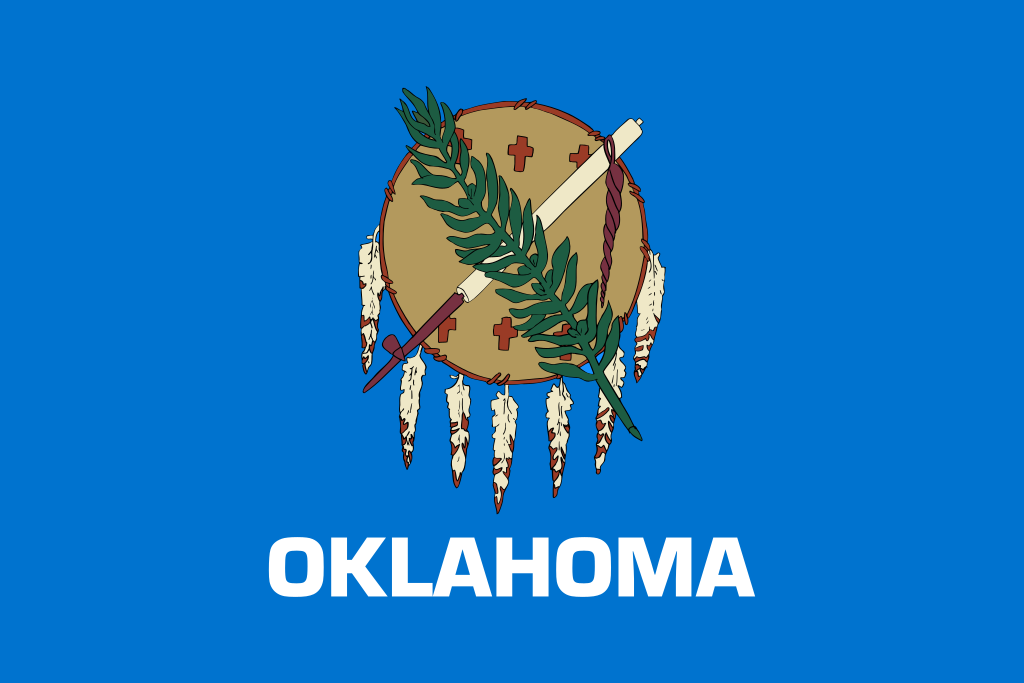
Of 190 regular elections in Oklahoma—105 (55%) are uncontested. An uncontested election is one where the number of candidates on the ballot is less than or equal to the number of seats up for election. Of the 26 states where Ballotpedia is covering every election on Nov. 5, Oklahoma has the 18th highest rate of…

